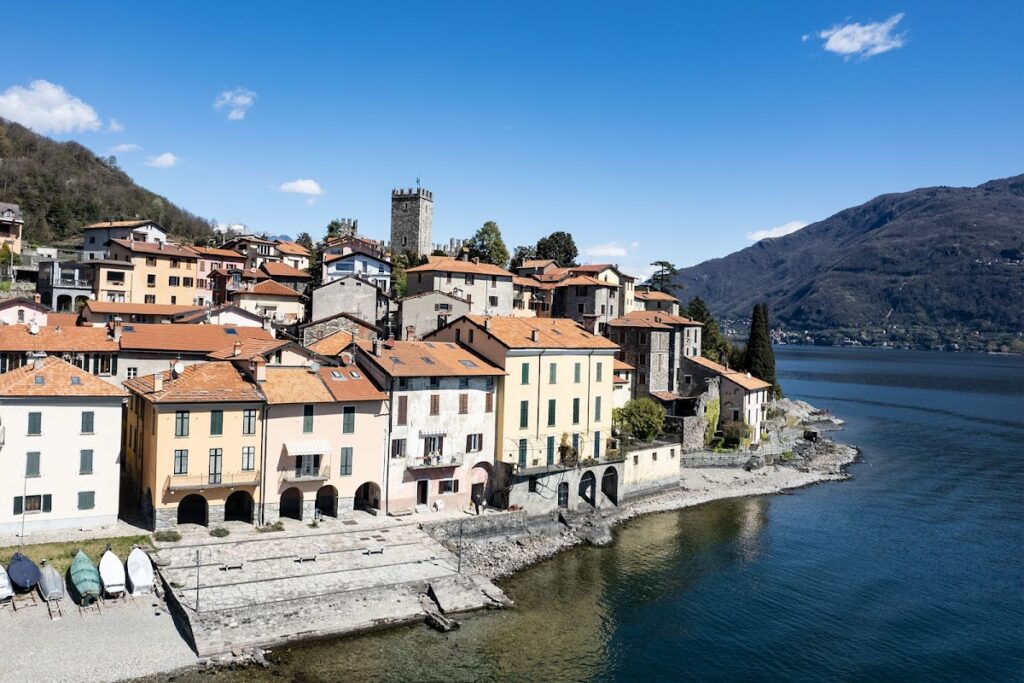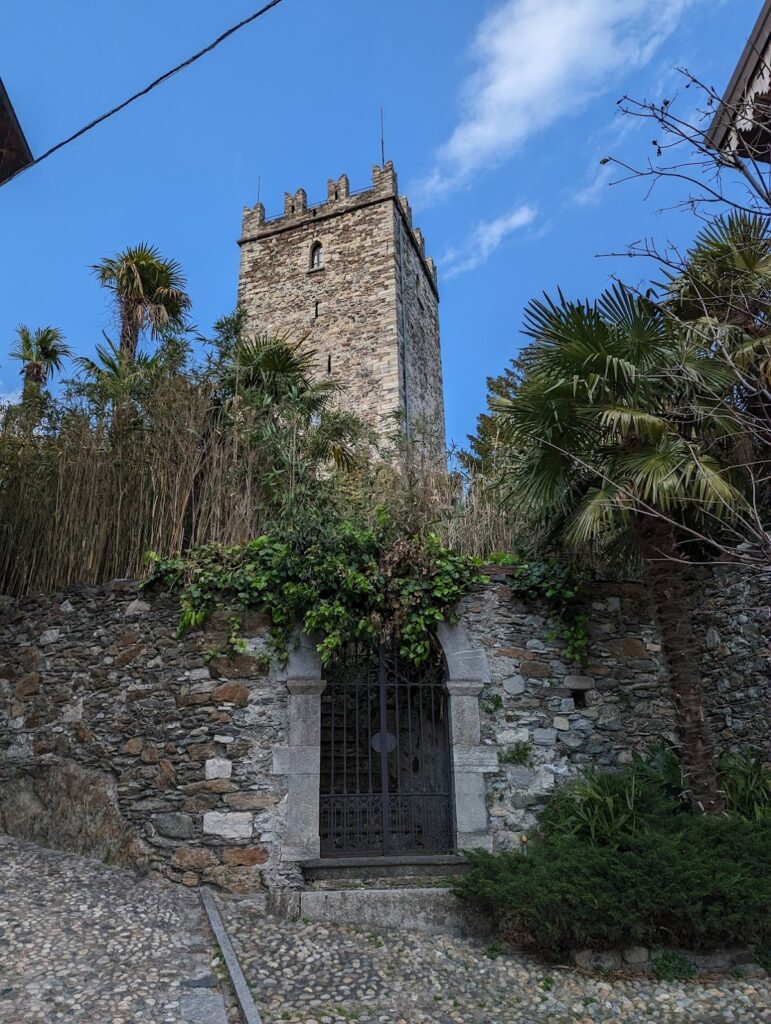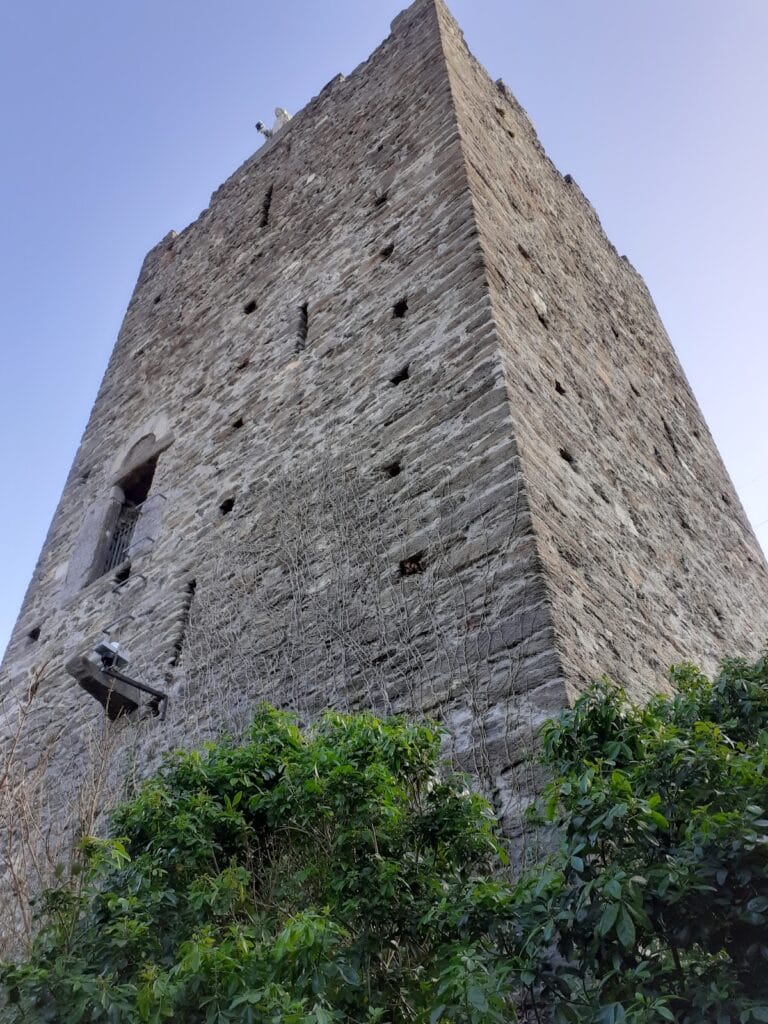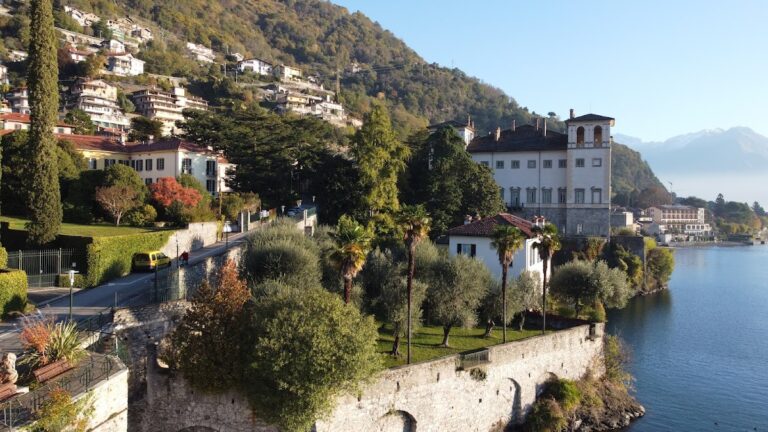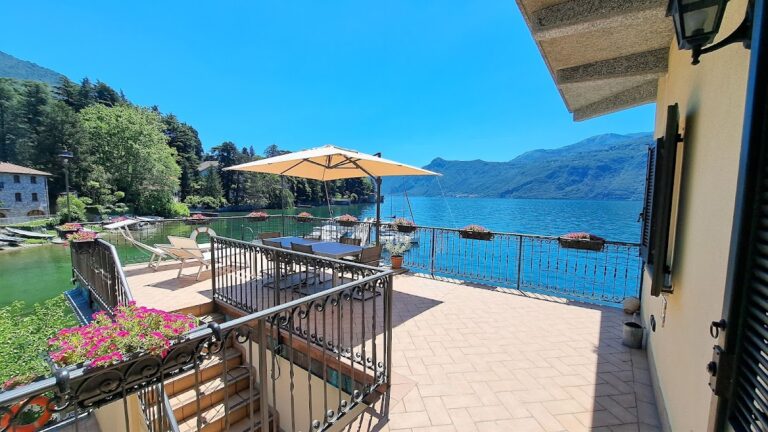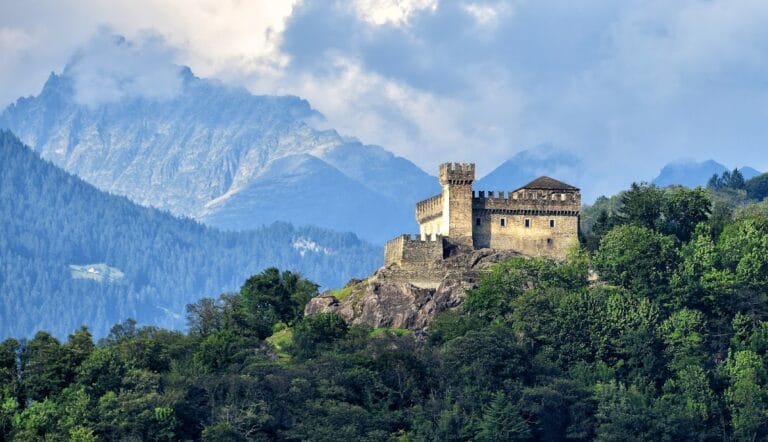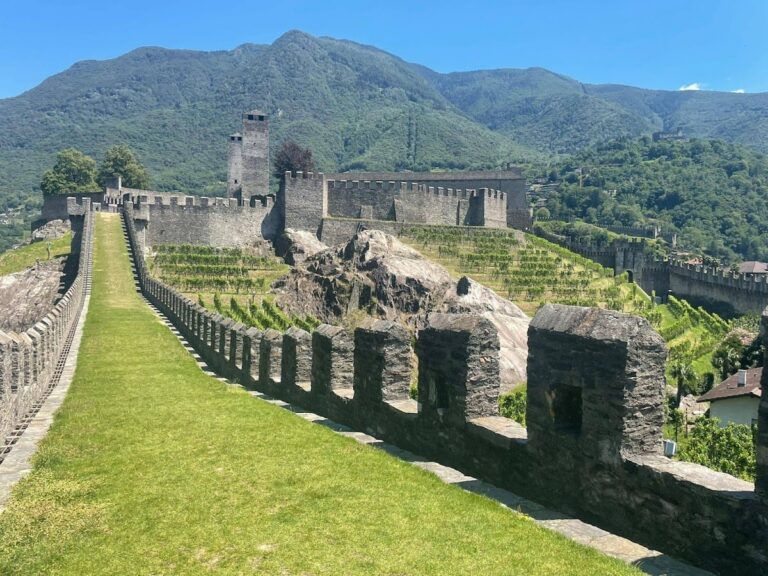Castello di Rezzonico: A Medieval Fortified Complex in Santa Maria Rezzonico, Italy
Visitor Information
Google Rating: 4.4
Popularity: Low
Google Maps: View on Google Maps
Official Website: www.eccolecco.it
Country: Italy
Civilization: Unclassified
Remains: Military
History
The Castello di Rezzonico is situated in the municipality of Santa Maria Rezzonico in Italy. This medieval complex was established by the local noble family known as the Della Torre counts during the 14th century, built upon what appears to have been an older fortified site.
In its earliest confirmed phase, the castle replaced earlier fortifications that once protected the village of Rezzonico. Instead of serving solely as a standalone fortress, the structure functioned primarily as a fortified enclosure, or “castello-recinto,” designed to defend the inhabited settlement within its walls. This role emphasized protection for the community rather than purely military conquest.
During the 16th century, the castle saw military activity when soldiers loyal to Gian Giacomo Medici, a notable condottiero (mercenary leader) of the time, occasionally occupied the premises. This period reflects the castle’s ongoing strategic use in regional conflicts and power struggles.
In the 19th century, efforts were made to restore the castle while preserving its medieval character. These restorations helped maintain the integrity of the structure and allowed key historical elements to survive into the present day. Overall, the Castello di Rezzonico’s history reflects its evolving role from medieval noble residence and village protector to a heritage site retaining echoes of its military past.
Remains
The castle occupies a roughly trapezoidal area of about 2,000 square meters, enclosed by defensive walls that form the perimeter of the complex. It includes residential buildings and a main tower within its fortified boundaries, integrating seamlessly with the surrounding village’s defensive system.
One of the most prominent surviving features is a tall medieval tower topped with Ghibelline-style battlements, recognizable by their distinctive swallowtail shapes common in northern Italy during the Middle Ages. This tower served both a defensive and a watchful purpose, standing as the centerpiece of the castle.
The defensive walls encircling the site contain remnants of earlier fortifications, including parts of an original curtain wall—these older elements are visible along sections of the perimeter and connect with two fortified gates that provided controlled access to the nearby town. Additionally, a battlemented tower dating from the 14th century remains in place, bearing witness to the castle’s original fortified design.
The castle’s walls and towers, constructed using traditional medieval masonry techniques typical of the region, illustrate the layered history of the site. The 19th-century restoration work respected these medieval structures, ensuring their preservation. Today, what survives offers a clear picture of a compact fortified enclosure built to protect the village residents within its walls.

